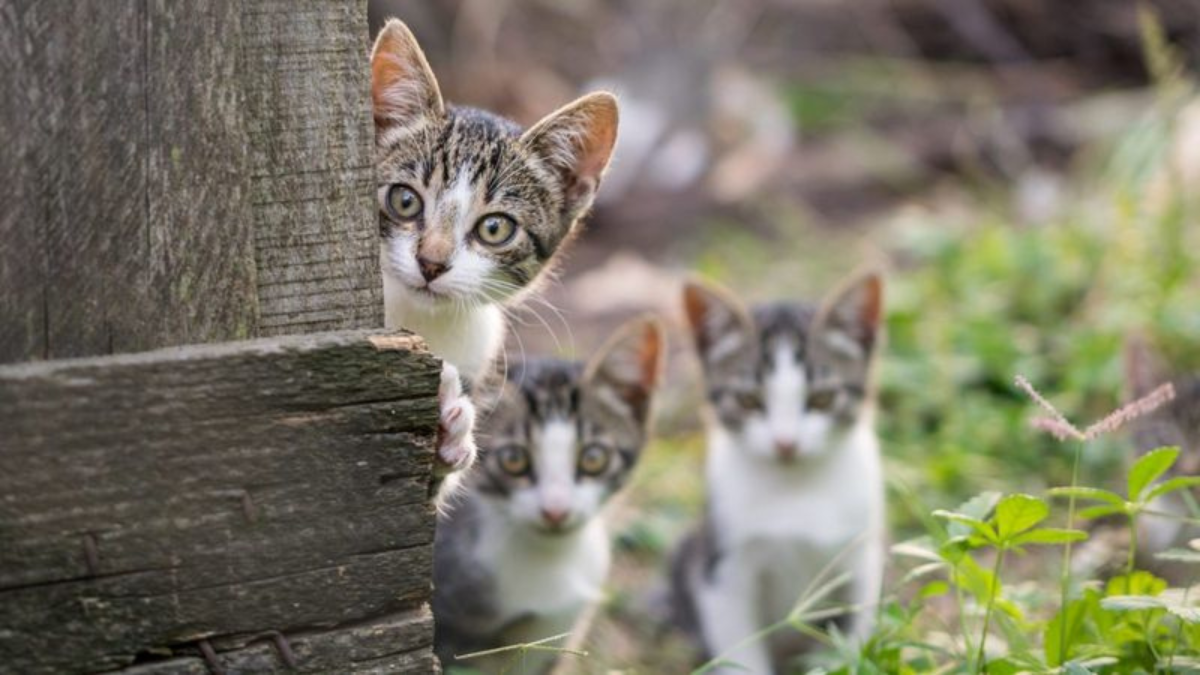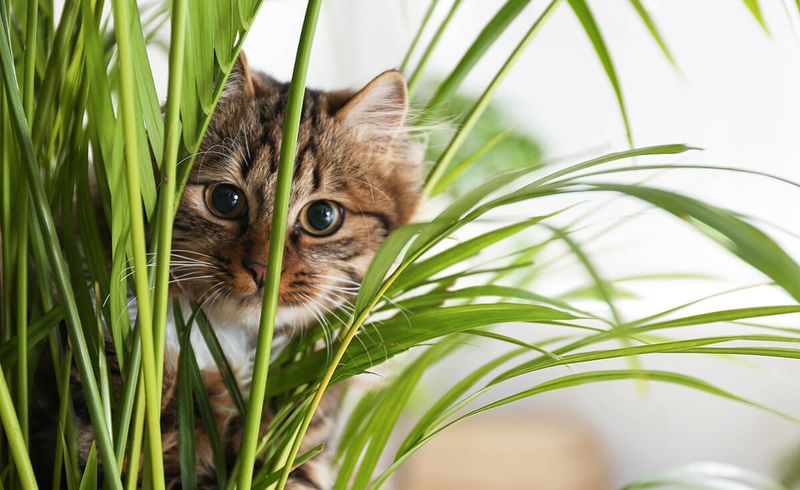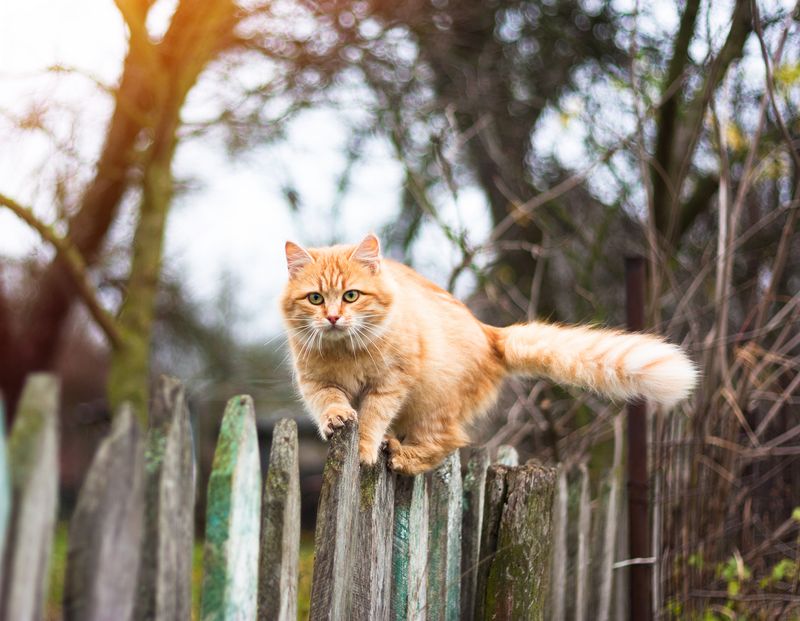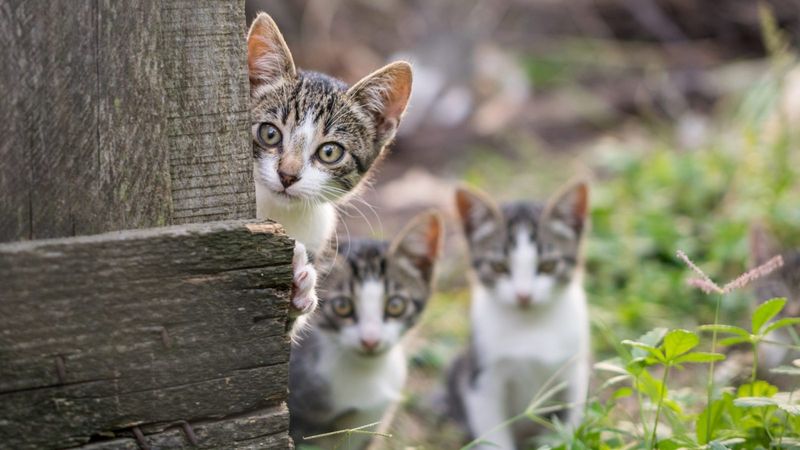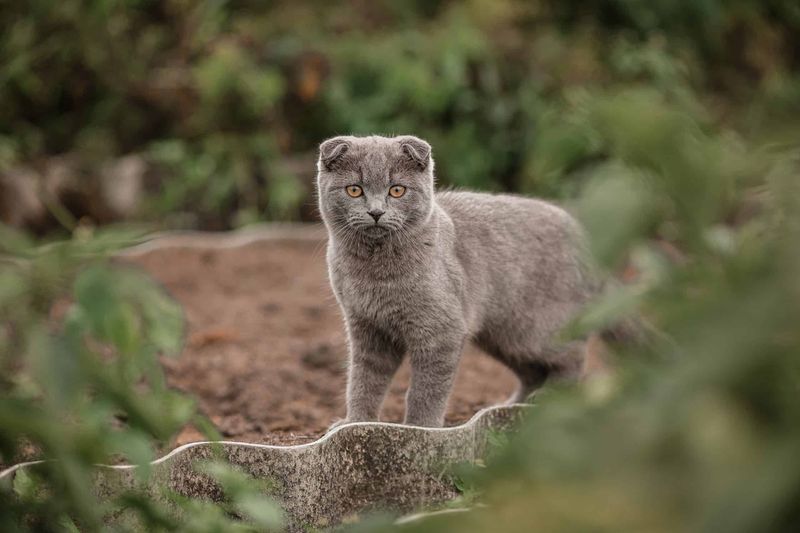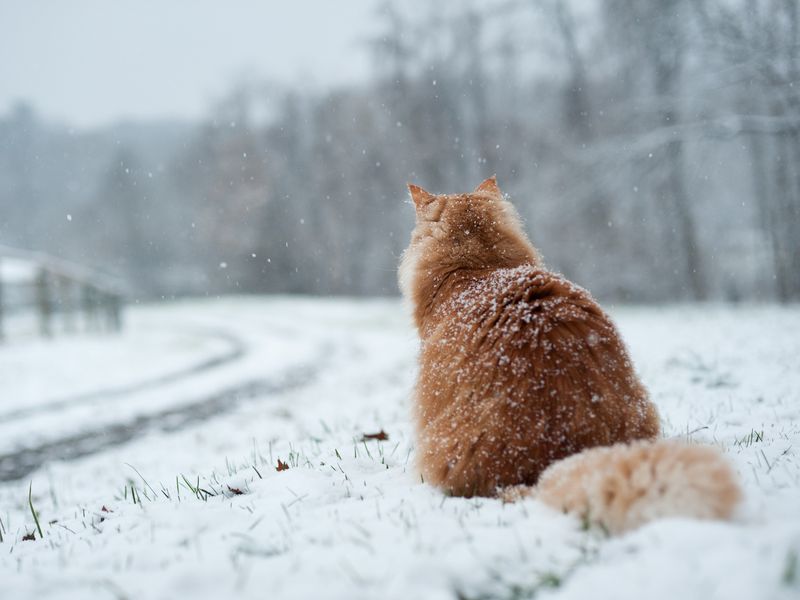📖 Table of Content:
Cats are naturally curious creatures, often drawn to the great outdoors where they can chase butterflies and climb trees. Their adventurous spirit leads them to explore new environments, but the outdoors can also pose serious risks to their well-being. From traffic to predators, the world outside is filled with hidden dangers that can put a cat’s safety at risk.
While outdoor exploration may seem like a fulfilling experience for your feline companion, there are potential hazards that can affect their health and longevity. Even seemingly harmless activities, like interacting with other animals or eating outdoor plants, can lead to unexpected dangers. Owners might not always realize the full extent of the risks their cats face when outside.
Understanding these risks can help in making more informed decisions about how much time a cat spends outdoors. Many of the dangers outside can be avoided with proper precautions or by keeping cats indoors. Recognizing the possible threats can change the way outdoor time is managed for a cat, ultimately ensuring their safety and health.
1. Traffic Accidents
Cars pose a major threat to outdoor cats. Even the most street-smart felines can misjudge vehicle speed or get startled into the road.
Studies show traffic accidents are among the leading causes of death for outdoor cats, especially in urban and suburban areas. Many cats suffer serious injuries like broken bones or internal damage.
Some cats survive initial impacts but crawl away to hide, making it difficult for owners to find them for medical treatment. This sad reality affects thousands of cats yearly.
2. Predator Attacks
Outdoor cats face threats from larger animals like coyotes, foxes, and even large birds of prey. These predators view smaller cats as potential meals, especially at dawn and dusk when hunting activity peaks.
Rural areas pose higher risks, but urban settings aren’t completely safe either. Coyotes increasingly venture into suburban neighborhoods seeking food.
Your cat’s natural curiosity can lead them into dangerous territories where these predators lurk. Many cats lack the defensive skills needed when confronted by larger, stronger wildlife.
3. Poisonous Substances
Neighborhood hazards include antifreeze, pesticides, and rat poisons that taste appealing to cats. These toxic substances cause severe illness or death when ingested.
Garden chemicals pose additional risks. Fertilizers and weed killers can stick to paws, which cats then lick during grooming. Some common garden plants like lilies are extremely toxic to cats as well.
Curious cats might investigate trash cans or garages where dangerous chemicals are stored. Even small amounts of these toxins can cause kidney failure, seizures, or fatal reactions in cats.
4. Infectious Diseases
When cats venture outdoors, they frequently come into contact with animals carrying harmful diseases. Feline immunodeficiency virus (FIV) and feline leukemia virus (FeLV) are transmitted primarily through fights with infected cats.
Parasites present another serious concern. Fleas, ticks, and intestinal worms thrive in outdoor environments and easily attach to roaming cats. These parasites cause discomfort and sometimes serious health issues.
Rabies remains a deadly threat in many regions. Cats can contract this fatal disease through encounters with infected wildlife like raccoons or bats, putting both your pet and family at risk.
5. Human Cruelty
Sadly, not everyone treats cats kindly. Some people deliberately harm cats they find on their property or wandering in neighborhoods.
Outdoor cats may fall victim to traps set for other animals. These painful devices can cause severe injuries requiring emergency veterinary care.
Animal theft is another concern, especially for purebred or distinctive-looking cats. Some individuals steal cats for resale, breeding, or worse purposes. The emotional toll of losing a pet this way devastates families.
6. Getting Lost
While cats possess remarkable homing abilities, they aren’t foolproof. A scared cat can run great distances and become confused, especially when in unfamiliar surroundings.
Construction, moving trucks, or other disturbances can confuse even cats familiar with their neighborhood. Some cats climb into vehicles and get transported miles away unintentionally.
Weather events like storms or floods force cats to seek shelter in unusual places. Without identification like microchips or collars, lost cats have slim chances of reunion with their families.
7. Territorial Fights
As natural territorial animals, cats often engage in violent confrontations with other cats nearby. These battles can cause significant injuries, including deep puncture wounds, ear tears, and scratched eyes.
Wound infections develop quickly and can become life-threatening without prompt treatment. Abscesses form under the skin where bacteria multiply rapidly.
Female cats face harassment from tomcats seeking to mate. These unwanted advances often lead to stress, injuries, and unwanted pregnancies that contribute to pet overpopulation. Even neutered cats engage in territorial disputes.
8. Weather Extremes
Outdoor cats face dangerous temperature extremes that indoor cats avoid. Heatstroke strikes quickly in summer when cats can’t find adequate shade or water.
Winter brings freezing temperatures that cause frostbite on ears, paws, and tails. Cats seeking warmth sometimes crawl into car engines, leading to serious injuries when the motors start.
Sudden storms leave cats vulnerable to lightning, flooding, or falling debris. Natural disasters like wildfires or hurricanes separate many pets from their families each year, with outdoor cats at highest risk.
9. Parasitic Infestations
Outdoor exploration exposes cats to numerous parasites. Fleas cause intense itching and can trigger allergic reactions or transmit tapeworms when cats groom themselves.
Ticks attach to cats and spread serious diseases like cytauxzoonosis, which can be fatal. These blood-suckers hide in tall grass and wooded areas where cats love to explore.
Intestinal parasites like roundworms and hookworms infect cats through contaminated soil or prey animals. These parasites steal nutrients, cause digestive problems, and some can even spread to humans.
10. Secondary Poisoning
Hunting instincts lead cats to catch and eat prey that may have consumed poison. Rodents that have ingested rat poison die slowly, making them easy targets for cats.
The toxins concentrate in the prey’s tissues and transfer to your cat during consumption. This secondary poisoning often shows delayed symptoms, making it difficult to identify the cause.
Birds can carry pesticides from treated areas, creating another poisoning pathway. These chemicals accumulate in your cat’s system over time, potentially causing long-term organ damage or sudden, life-threatening reactions.
